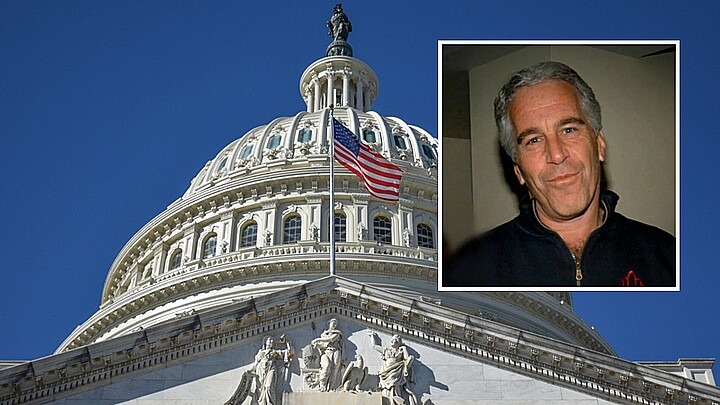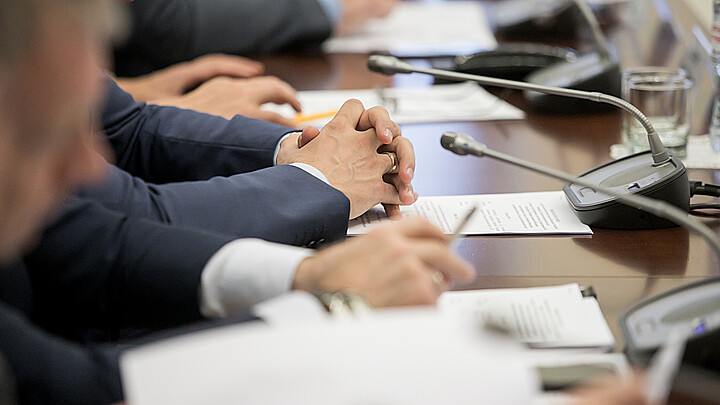Politics
Biden's student loan forgiveness plan may run up to $1 trillion
Some experts say that student loan forgiveness works against the White House’s stated intent to reduce the budget deficit to counter inflation.
September 5, 2022 3:56pm
Updated: September 6, 2022 5:34am
President Joe Biden’s lavish plan to forgive up to $20,000 of student loan debt for millions of American borrowers could cost as much as $1 trillion dollars, according to an updated cost analysis.
Many news outlets reported an initial estimate from the Penn-Wharton Budget Model, a widely regarded budget analysis, that “a one-time maximum debt forgiveness of $10,000 per borrower will cost around $300 billion for borrowers with incomes less than $125,000,” which comes out to about $2,100 per taxpayer.
However, that model was based on a hypothetical plan missing some details in the final Biden proposal, such as forgiving up to $20,000 for borrowers with Pell grants, including couples that make up to $250,000 a year and adjustments to income-based repayment plans.
When updated, the Penn-Wharton Budget Model says the total price tag of Biden’s student debt relief program could reach $1 trillion, reports the Wall Street Journal.
The model estimates that the debt cancellation alone will cost up to $519 billion. Including the cost of suspending student loan payments until December and the new income-driven repayment program, Biden’s plan would cost about $605 billion under theoretical, “static” assumptions.
“However, depending on future IDR program details to be released and potential behavioral (i.e., “non-static”) changes, total plan costs could exceed $1 trillion,” reads the report.
Some experts say that student loan forgiveness works against the White House’s stated intent to reduce the budget deficit to counter inflation.
“This action by the president will make the deficit bigger than it would be otherwise,” Douglas Elmendorf, who served as director of the nonpartisan Congressional Budget Office during the Obama administration, told The Wall Street Journal.
The Biden administration has not yet revealed how it will raise revenue to offset the cost of the debt relief proposal. The White House projects 75% of eligible borrowers will apply for the program, which analysts say is too low an estimate.
“There’s no downside—we expect compliance to be very high,” Kent Smetters, director of the Wharton model, told WSJ.
“It really just depends how easy they make it to apply.”
Democratic lawmakers in close midterm elections have sought to distance themselves from the Biden plan as they fend off attacks they are out of touch with the working class on economic issues.










